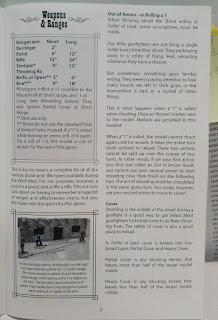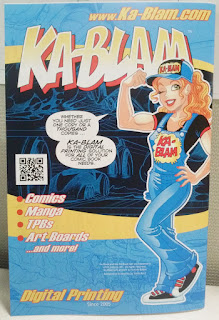The theme for this year is horror and I have had a number of ideas spinning through my head but I think I have settled on one involving these miniatures:
 |
| I'd like to get this miniature into an elevated position to indicate that the artificial gravity is shot. |
 |
| I"m probably going to switch out some of these tentacles into something a bit more menacing. |
 |
| The minions! Definitely need a blue and yellow color scheme for these guys. |
The current plan will utilize a cut away look into a pulp style rocket ship complete with a space background and lights. We will see how far I actually get with that. I have a good idea of a minimum amount of work to pull it off and what the maximum effort would be. Time will till, October is coming fast!













































